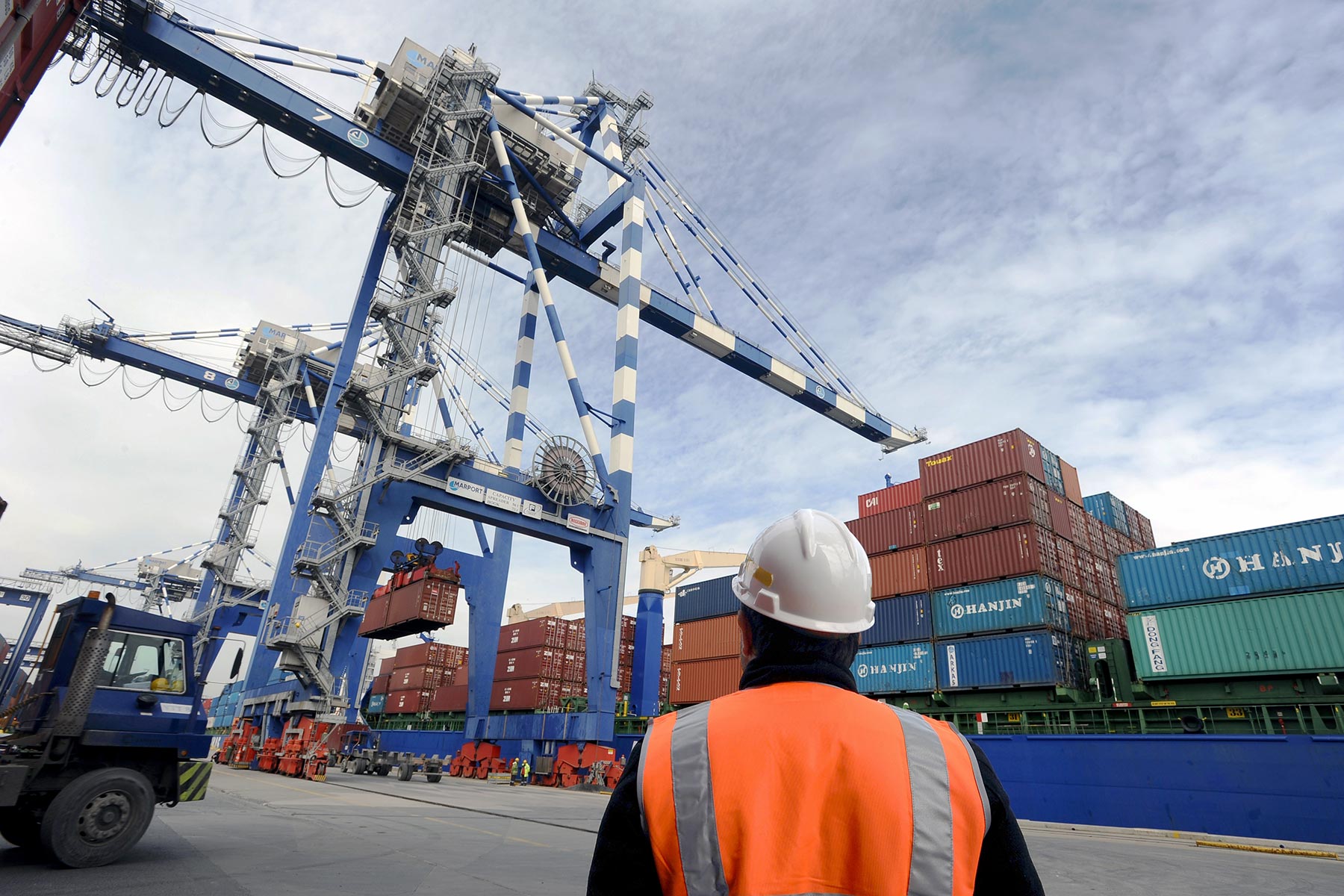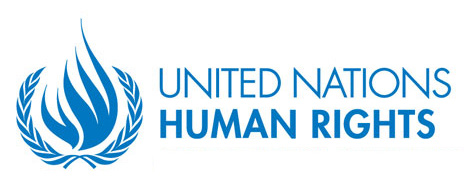Human rights are inherent to all people, regardless of nationality, sex, national or ethnic origin, color, religion, language, or any other status. They are globally agreed upon standards of achievement for all people, covering a wide range of independent yet interconnected civil, political, economic, social, cultural, and environmental rights that serve as a ‘code of conduct’ for all human beings.
All companies can impact human rights either positively or negatively through their action or inactions. The key document speaking to these impacts is the UN Guiding Principles on Business and Human Rights (UNGPs), the authoritative global standard on business and human rights. Though technically "soft law," the UNGPs have been incorporated into the OECD Guidelines for Multinational Enterprises, ISO 26000, IFC Performance Standards, GRI, UN Sustainable Development Goals, and many other frameworks. They have also been endorsed by business and industry organizations representing thousands of companies, civil society organizations, NGOs, and member states of the United Nations.
As part of the corporate responsibility to respect human rights, the UNGPs require companies to actively identify and manage the negative human rights impacts that they may cause or to which they may contribute or are linked through their business relationships.
This primer identifies the 10 most relevant, urgent, and probable human rights impacts for businesses operating in the Transport & Logistics (T&L) sector. It is intended as a starting point and should be supplemented by robust internal human rights due diligence processes. The information here is gathered from BSR’s direct engagement with T&L companies and the companies that rely on them, as well as our 30 years of experience helping companies in all sectors manage their human rights risks.
T&L activities provide the backbone to the modern economy and global trade. Almost every company relies on T&L services to deliver its goods or services, and the trend has been toward the outsourcing of these activities to specialized transport actors. This reliance on outsourcing has given rise to challenges to ensure the respect for human rights for workers throughout the extended supply chain.
The T&L sector comprises a wide range of activities, along a value chain that includes various modes of transport of goods (by road, rail, air, and water); the physical transfer points (e.g., terminals, airports, rail stations) and warehouses where goods are stored, packaged, and sorted for ultimate delivery to end-customers; and the intermediaries (e.g. freight forwarders) that connect these different services. These activities rely on workers such as truck drivers and last-mile delivery workers, pilots, and seafarers, as well as logistics staff such as warehouse workers, ground crews, and dockworkers. They can also impact wider communities, particularly those located near ports, warehouses, or other transportation hubs or routes.
While each of the activities undertaken by T&L companies present unique human rights risks and challenges, this primer highlights the most common and significant risks across the T&L sector as a whole. The primer also offers opportunities for T&L, as a sector that is both global and local and employs tens of millions of workers around the world, to advance the realization of human rights.
Top Human Rights Risks
1: Occupational Health and Safety
The most prevalent risk for workers in the T&L sector is to their physical and mental health and safety at work. This ranges from the risks of physical injury (e.g., machine-related incidents aboard ships or in terminals and road accidents) to long-term health impacts (e.g., from exposure to hazardous substances or physically strenuous work) but also includes mental health impacts and “psychosocial” risks linked to pressured working conditions or the increased technological automation of processes. Workplace violence and harassment, including sexual harassment, is also common in the T&L sector—notably in the maritime industry where women make up an extreme minority of the workforce. Finally, climate change is exacerbating risks linked to working in extreme weather conditions (e.g., heat, rain), including impacts to the working environment (e.g., warped roads and worsened storms).
2: Fair Working Conditions
In every sector, global expansion, technological progress, and consumer expectations have pushed companies to compete on flexibility and responsiveness. While this has enabled economic development in many places, it has also applied downward pressure to reduce wages and benefits, while increasing the expectations placed on workers. The COVID-19 pandemic exposed some of the unfair conditions placed on T&L workers, including excessive working hours for seafarers and inadequate rest times and facilities for road transport workers. Many warehouse workers are employed on precarious contracts for very low wages (that oftentimes fall short of a living wage) and required to work irregular shifts that may be detrimental to their health and family life. Gig workers involved in last-mile deliveries frequently face exploitative contract terms and lack employee benefits.
3: Forced Labor and Human Trafficking
T&L companies rely on large, low-skilled workforces and often use recruitment agencies to find and train employees (e.g., manning agencies in shipping and third-party or temporary labor agencies in warehouse logistics). These agencies, especially in countries with weaker labor laws or enforcement or more informal economies, are at high risk of employing workers under forced labor conditions. Such workers may be coerced into paying recruitment fees, may work illegally without visas, or may have their passports confiscated and wages withheld. Careful due diligence of labor agencies is critical to minimize these risks. Risks of forced labor also exist in the road transport industry. For example, trucking companies in Europe have been involved in the exploitation of migrant workers against a backdrop of local driver shortages. The T&L industry also has frontline exposure to human trafficking activities, which rely on transportation to traffic victims. While these activities may not be caused by T&L companies’ core operations, the companies may still have an opportunity to contribute to the detection and prevention of trafficking.
4: Freedom of Association and Collective Bargaining
In many countries where T&L companies operate, the freedom of workers to associate and collectively bargain through independent trade unions is not protected and may even be prohibited by law. These rights are not exclusively exercised through formal trade unions and may be exercised through other forms of worker organization and representation (e.g., work councils, employee associations, state-sponsored unions). However, local laws or socio-political norms (such as anti-union sentiment in the Southern United States) may restrict their exercise by workers without proactive encouragement from their employer. This risk is heightened in countries where independent contractors (e.g., truck drivers) or subcontracted labor (e.g., temporary warehouse workers or informal day workers) have limited access to collective representation and other labor protections. For example, in some countries truck drivers do not have employment contracts allowing them to join trade unions, and last-mile delivery drivers operating as “gig workers” are excluded from labor protections reserved for employees.
5: Workplace Discrimination
Workplace discrimination remains prevalent in all countries and sectors, despite clear national and international legal frameworks condemning it. It can manifest in more or less direct ways (e.g., decision not to hire or ineligibility for parental benefits). In the T&L sector, as it is a historically male-dominated industry, women most commonly experience instances of workplace discrimination, such as lower pay and lack of promotion opportunities. However, ethnic minorities (e.g., racial slurs), LGBTIQ+ communities (e.g., access to benefits and homophobic harassment), and people with disabilities (e.g. equal access to benefits and promotion opportunities) also experience instances of workplace discrimination. For companies operating in global markets, respecting employees’ rights means guaranteeing equal opportunities for every member of their diverse workforces.
6: Land Acquisition and Indigenous Rights
Infrastructure is critical to the T&L sector. Roads, ports, canals, and other transport and logistics infrastructure require the development of large areas of land, which may occur without adequate consultation and/or compensation for local communities or the Free Prior and Informed Consent of Indigenous groups whose rights would be impacted by these developments. However, the strong local economic incentives in favor of such infrastructure projects—which often include job opportunities and other economic benefits for local communities—can sometimes increase the risk of infrastructure projects proceeding at the detriment of other community rights. Furthermore, many of the minerals and metals needed for the T&L sector’s energy transition (such as lithium, cobalt, copper, and nickel) are located on or near the lands of Indigenous and impoverished peoples, putting their rights at growing risk.
7: Grievance Mechanisms and Remedy
The UNGPs not only require companies to identify and manage their human rights risks, but to provide or cooperate in the provision of effective remedy for victims of adverse human rights impacts. This is both a procedural and substantive right. Adversely impacted people should have access to adequate, accessible, and reliable grievance mechanisms to raise concerns and seek remedy, and these mechanisms should in fact lead to effective remedy. The T&L sector faces heightened challenges because of heavy reliance on subcontracted labor, including through third-party labor agencies (e.g., in terminals or warehouses) and outsourcing (e.g., in road transport), which can make it more difficult for workers to raise and resolve grievances, and for different actors along the chain to cooperate in the provision of effective remedy.
8: Emissions and Environmental Pollution
The T&L sector is one of the highest emitting sectors in the world (the transport sector alone accounted for 37 percent of global greenhouse gas emissions as of 2022). Trucking and last-mile delivery operations add to congestion and pollution in cities, and further contribute to climate change. The human rights impacts of air pollution and climate change are therefore significant for the T&L sector, with climate change generating impacts far beyond the environment, including restricted food supplies, reduction in potable water, mass migration, and, potentially, political upheaval, all of which hold severe human rights implications for the general public. The T&L sector also causes pollution to waterways and oceans. Ballast water discharge often includes non-native or nuisance species that can cause extensive damage to aquatic life and ecosystems, negatively impacting local communities, their health, and their livelihoods.
9: Just Transition
As a sector required to make significant changes—from transport fuels to building materials—to address its contribution to climate change, the T&L sector faces a challenge to ensure a just transition. A just transition involves maximizing the social and economic opportunities of climate action, while minimizing and carefully managing any challenges—including through effective social dialogue among all groups impacted and respect for fundamental labor principles and rights. However, the World Benchmarking Alliance’s Climate and Energy Benchmark for the transport sector shows a striking and systemic lack of action by companies to prepare for and mitigate the social impacts of decarbonizing.
10: Bribery and Corruption
The T&L sector engages with the government extensively, from vans passing through customs checkpoints to fleets of ships accessing government-owned canals and ports. Many ports or logistics centers also operate as joint ventures with local governments. These factors make the sector a high risk for both corruption and bribery. In fact, almost every link in the T&L value chain is susceptible to corruption, from officials tasked with awarding contracts or granting permits or customs clearances to those inspecting facilities, vehicles, or ships. Bribery and corruption inherently violate human rights by skewing government attention and resources away from the essential services needed to protect their citizens' basic human rights.
Top 3 Opportunities for Positive Impact
1: Enable Trade
Transport and logistics enables trade in essential goods and services that contribute to people’s enjoyment of their human rights around the world. More locally, transport infrastructure connects people to jobs, education, and health services. As the COVID-19 pandemic demonstrated, the sector plays an important role in enabling access to health by supporting the efficient movement of vaccinations, medications, and technical equipment. At a time of growing geopolitical tensions, T&L companies should work collectively to coordinate access and ensure essential goods can be transported with minimal disruptions.
2: Combat Human Trafficking
Given their proximity to the issue of human trafficking, T&L companies can play a vital role in raising awareness about it and work with their suppliers and government partners to identify high-risk areas and telltale signs. Proper labor programs, including a code of conduct, fair labor policies, training, due diligence, and supplier management, are essential to improve practices in the supply chain with an eye toward combating human trafficking.
3: Improve Road Safety
In nearly every country, traffic accidents are among the top 10 causes of death. This is now recognized by several international agencies as a development issue, as the poorest and most remote populations are often at the greatest risk. T&L companies can promote road safety through awareness campaigns for the public and their suppliers, and in doing so, achieve positive impacts on employees’ and communities’ right to life, health, and safety. Companies can also collectively engage governments on these issues to increase standards and to advocate for the allocation of resources sufficient to maintain roads in a safe condition.
Let’s talk about how BSR can help you to transform your business and achieve your sustainability goals.




